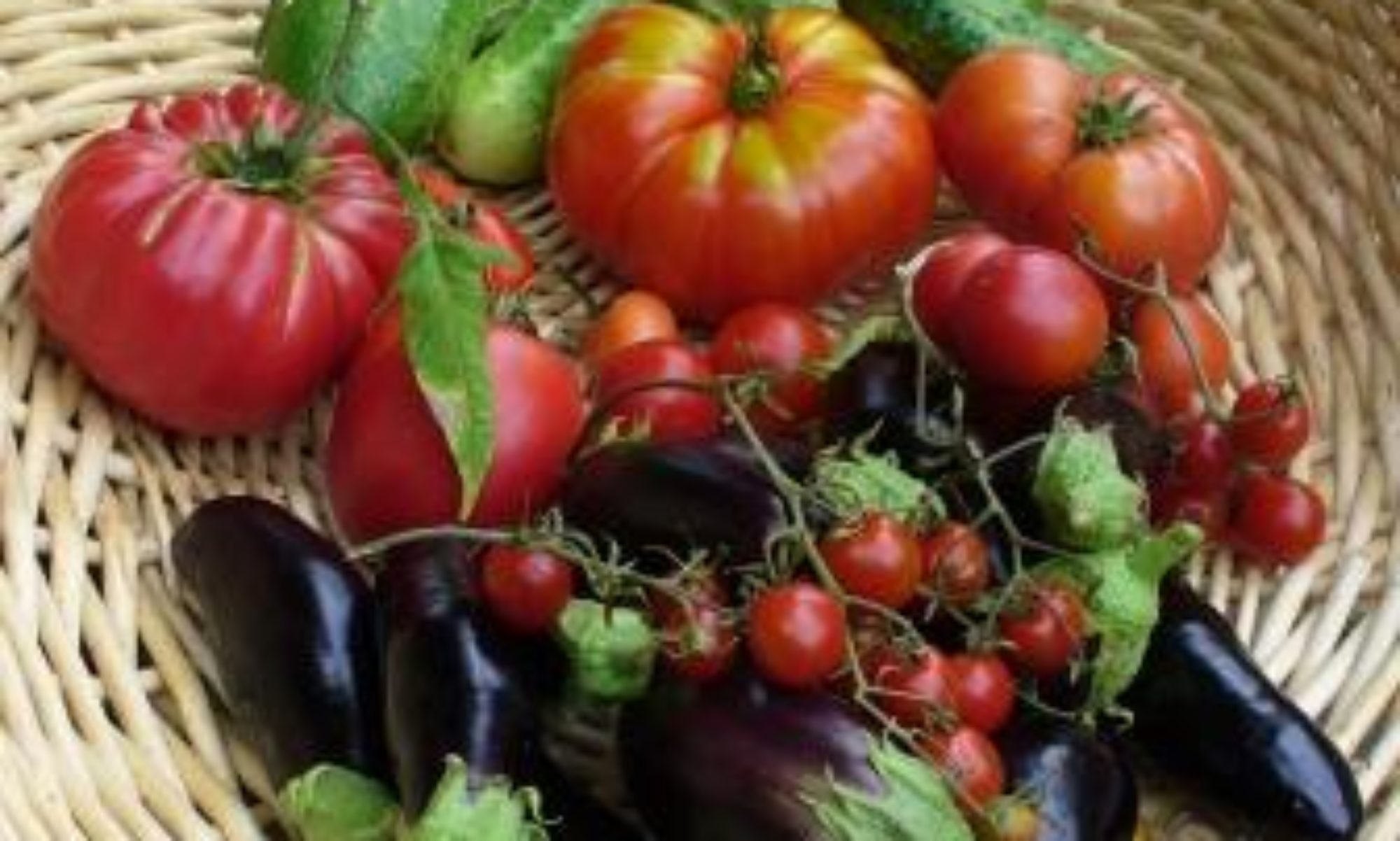This is my setup for collecting and drying tomato seeds. I cut tomatoes in half and squeeze juice and seeds into a small jars or bottles. These are allowed to sit for 2 or 3 days. The resulting fermentation releases the seeds from the gel in which they reside in the fruit. It is not unusual for shocking mold growth to occur during the fermentation, but this does not cause any problem. After fermentation I fill the bottles or jars with water, shake a couple times and allow the seeds to settle. I pour off most of the liquid, add water and repeat the shaking/settling process. After several cycles of washing in this manner the seeds are completely clean. They are poured into a sieve to remove the water, and then transferred onto a piece of tempered glass, where they are allowed to dry. Drying takes from 1 to 3 days, depending on the temperature and humidity. Usually 1 day is enough if the drying seeds are left outside in the shade on a warm sunny day.

And might I mention, the germination rate for tomato seeds I buy from various commercial sources ranges from 80% to 0% (and I won’t name any names) whereas the seeds I produce myself using the method described invariably have a germination rate of 95%-100%.
One last piece of advice – tomatoes are self-fertile, so they tend to breed true even if different varieties of tomatoes are grown close together. My experience with different tomato varieties grown spaced only 3 feet apart is that cross-breeding occurs about 5% of the time, with the seeds faithfully maintaining the characteristics of the plant from which the fruit was picked the remaining 95% of the time. If you need to be absolutely sure that cross-breeding never occurs (as is necessary for commercial seed production) plants either need to be spaced far apart, or manual artificial pollinization needs to be performed. A 5% failure rate is perfectly acceptable for home growers – the occasional accidental cross-breeding may even yield an interesting new variety!










